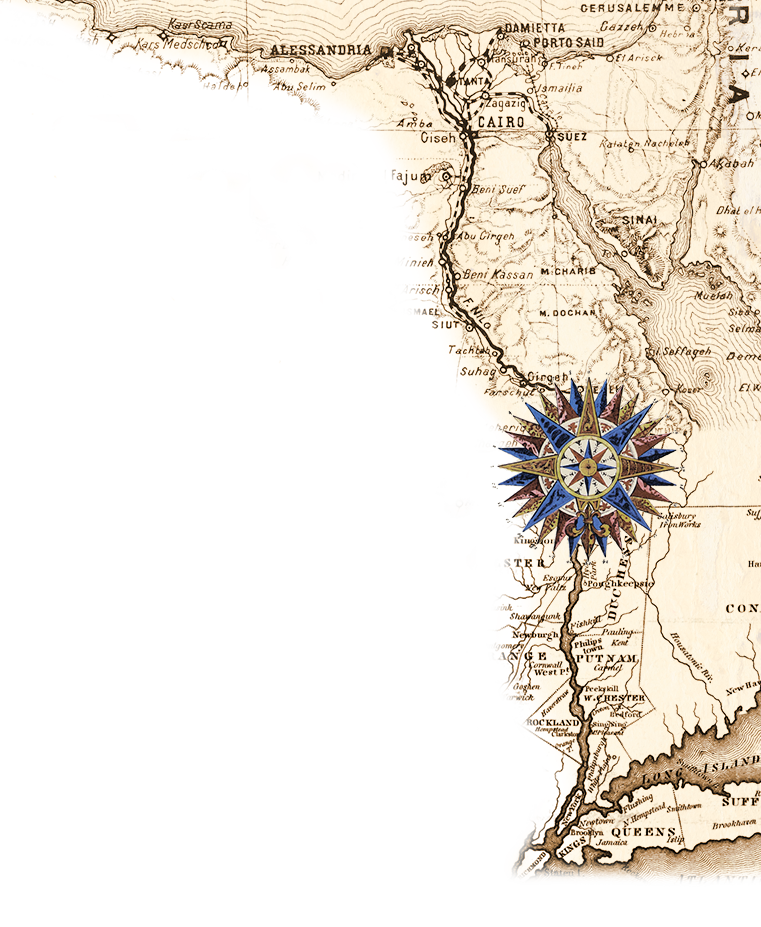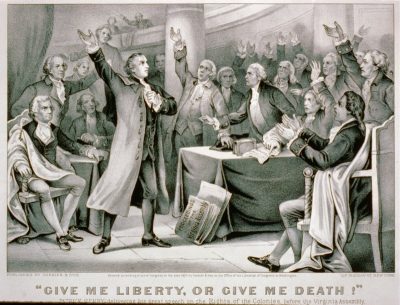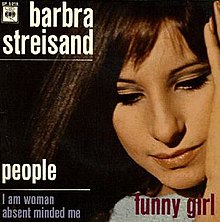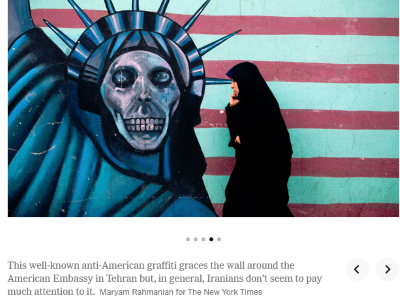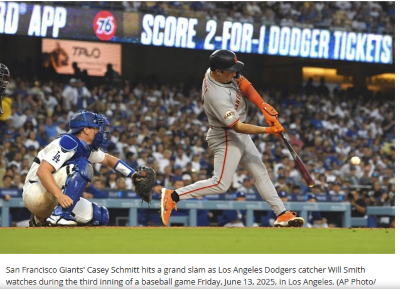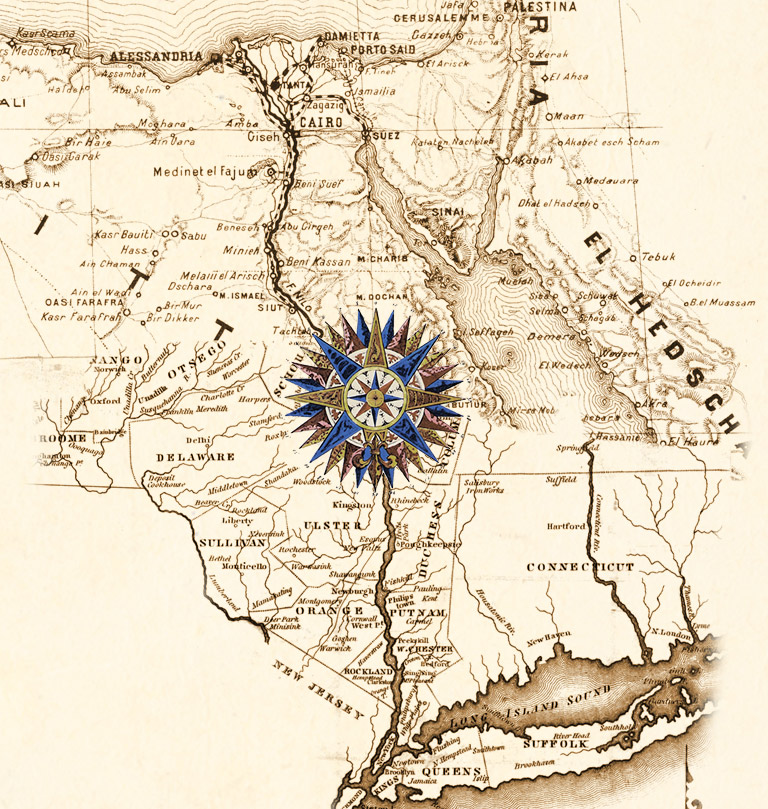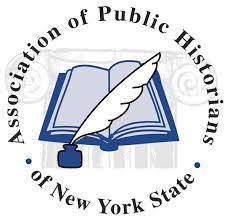
The next conference in this series of blogs is the annual conference of the Association of Public Historians of New York State (APHNYS) on September 9-11 in Albany. This year marks the centennial of the state legislation requiring every municipality in the state including village, town, city, and county to have a municipal historian. The regulation is frequently ignored and is woefully out-of-date. It has been the source of several blogs in the past (for example, The State of Municipal Historians in New York) and will not be addressed here. I will simply note in passing that this centennial has received almost no attention which is a pretty good indicator of the state of the public historian law in New York.
APHNYS is a volunteer organization. It is experiencing a changing of the guard with a new president scheduled to take office in January.
COMMITTEES
The bylaws of this non-profit as voted on at the business meeting contain some interesting provisions with broad applicability.
There is to be an advisory council of six people: the State Historian, the past APHNYS president, and four members appointed by the current president and not the Board. I wonder what exactly this advisory council is supposed to do separate from the Board of Trustees.
There shall be a legislative committee also appointed by the president. Here again, I wonder exactly what this committee will do. As a 501(c)3, the organization can promote legislation as long as it is not a substantial part of it activities. I think an annual advocacy day at the state capital is within the purview of the organization just as I hope the Massachusetts History Alliance will one day have. In addition, the state historian functions through the Board of Regents in New York and not the state legislature so it certainly should be permissible for the organization to advocate before the Regents.
It will be interesting to see what the new president does come January 1.
BASIC ORIENTATION FOR NEWLY APPOINTED HISTORIANS
My favorite session at the conference is the orientation session for new historians. The session is led by Christine Ridarksy, the City of Rochester Historian whose day job is at the library. She will be the new president and is a liaison to the National Council of Public History (NCPH), a conference which she attends.
I was especially interested in the session this year. The reason is I finally prevailed on the Mayor of the Village of Port Chester and Supervisor of the Town of Rye to appoint historians. It happens to be the same individual as of the conference date and he did attend. As far as I can tell the conference was useful in explaining what the job entailed. It also was useful because “historians who have historians are the luckiest people in the world.” It is important for historians who essentially are on their own simply to have the opportunity to meet their counterparts regardless of the specific sessions at the conference.
I am not going to discuss any of the specifics of the session. The basic problem is one of training. There is no training in what the municipal historian is supposed to do. The lack of clearcut responsibilities and guidelines carries over to the elected officials who do not know either except that there should be an historian. The remedy for this endemic problem is at the state level. As long as the position is of no priority to the Governor, it remains no priority to the mayors, town supervisors, or county executives. The result is a wide range of practices at the local level.
I can say that the people who attend the conference, both new historians and veterans, are very dedicated to their work and have a great love for the function of local history. It is too bad that the dedication and love is not reciprocated at the state level as the minimal celebration of the centennial testifies. The new president has her work cut out for her.
TEACHING LOCAL HISTORY: THE TOWN OF BROOKHAVEN EXAMPLE
Barbara Russell, Town of Brookhaven Historian
The individual session that stood out the most to me is the one which should be replicated in every community if it is not already doing something like this. I mean no disrespect to the other sessions including the ones I attended, but this one is a practical hands-on activity that practically every community can do.
This particular event is actually a collaboration between the local historical society and the local municipal historian. This partnership should exist in every community but regrettably sometimes does not.
The event is a one-day walking tour of the community for the fourth graders in the multiple elementary schools in the town. The students are bused to the one school located in the center of the sites to be visited. They meet in the auditorium for a 40-45 minute talk about the town.
Ironically, the auditorium contains murals of some of the very historic sites they will be walking by. The problem was the students kept twisting and turning their heads to see the murals. The presenters then learned to create a PowerPoint so with the lights off the students faced forward.
After the presentation the students go on 90 minute walks of 1-1.5 miles in the historic district. A video has been created in the event of rain. Unfortunately, school schedules being what they are, once a date is picked and all the arrangements have been made, you are stuck with that date regardless of the weather.
There is a brochure of the tour with a map of the original settlement. One site of recent fame is the Setaucket Presbyterian Church and cemetery. It contains the grave of Abraham Woodhull, leader of the Culper Spy Ring and prominently featured in the recent AMC show “Turn” which ran for four seasons. That show has been the source of some blogs as well (AMC Mocks the Path through History). It was not promoted by New York State then but perhaps during the upcoming American Revolution 250th it will be. Although the national commission will be winding down after 1776/2026, events in New York will just be gathering steam then. Perhaps some of the fourth graders who visited the site will be involved as high school or college students in the celebrations then.
According to the brochure, one date on a history plaque is off by two days. Readers are advised that history plaques are not primary sources, a good lesson for students.
The comment about the history markers reminded me of a session given at various conferences about school bus trips to the markers in the Town of Deerpark. There was brochure of a map of those markers on a display table. The Pomeroy Foundation which funds such history markers also were there. History markers are potential tourist destination locations that tourist departments often ignore (VERMONT ROADSIDE HISTORY MARKERS). People do want to go to the exact spot where something occurred and take a selfie even if there is no gift shop or bathroom there.
GHOSTS OF THE PAST
I did play hooky during the conference. The Mohawk Valley Museum Consortium was having a meeting nearby in Saratoga County during the conference field trips to Albany. I ducked out from visiting sites I already had visited to attend a meeting hosted by the Charlton Historical Society. It was held in an old school building across from an old church. I really got to see some of the rural parts of the county to drive there.
There was a session there on “Ghosts of the Past.” It is a cemetery tour at the Green Hill Cemetery in Amsterdam. There are six one-hour tours 30 minutes apart for $10. About 300 people participate with a net profit of $1500 which is a nice chunk of change for the local historical society. This excludes, of course, the volunteer time. Once again we have an example as we do in so many communities that offer something similar of people who love their local history because they love their local community and they have great fun expressing it. It’s too bad those feelings don’t count for more in our country today. How do you budget for “love of community”?
Two quick notes.
Chris Leonard, City of Schenectady Historian, spoke on the Guyana population surge in the city. He discussed how he is collecting their stories (as well as the problems of being a new historian!). I suggested that he take the newcomers to the city on bus tour of the city to introduce them to the history of their new home and to the places they might not see in the course of their daily lives.
Paul and Mary Liz Stewart spoke on the Underground Railroad. What made this presentation new for me was their mention of the discovery of letter from William Jay found in the Jay Papers to their group in Albany. As it turns out, years ago when they spoke in an IHARE Teacherhostel/Historyhostel for me, they were in church on the Bedford commons across from the courthouse where that Jay was an abolitionist judge. But the letter had not been discovered by them yet.
This makes for a nice segue into the next conference, the National Park Service, National Underground Railroad Network to Freedom training program which began the afternoon this conference ended about 300 miles away.
